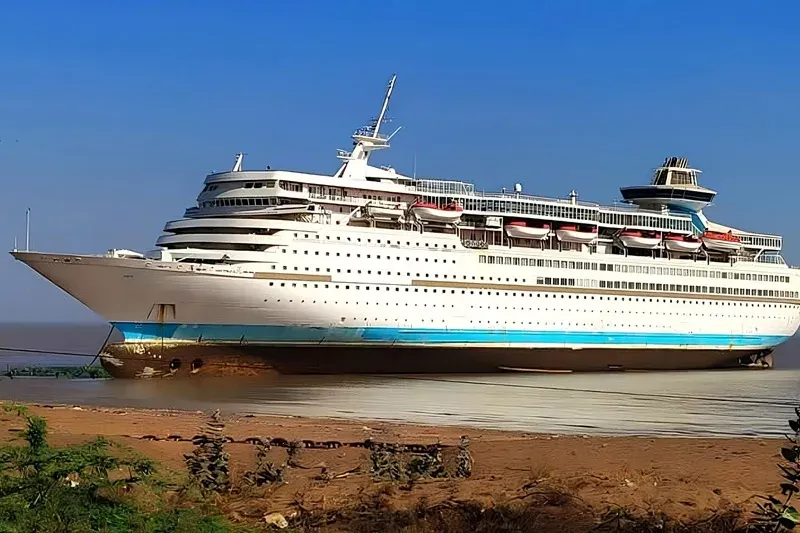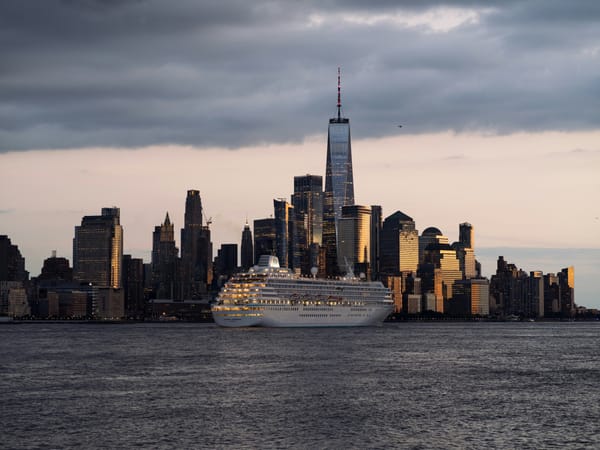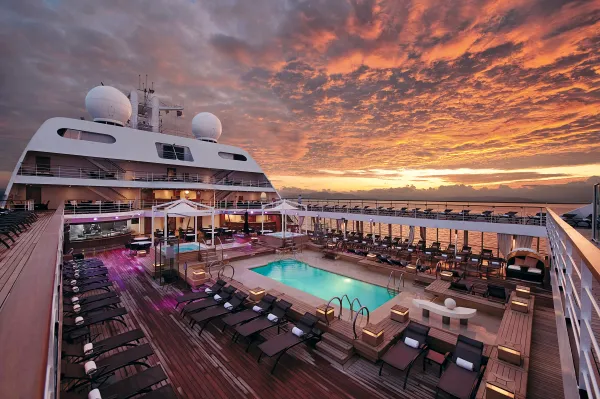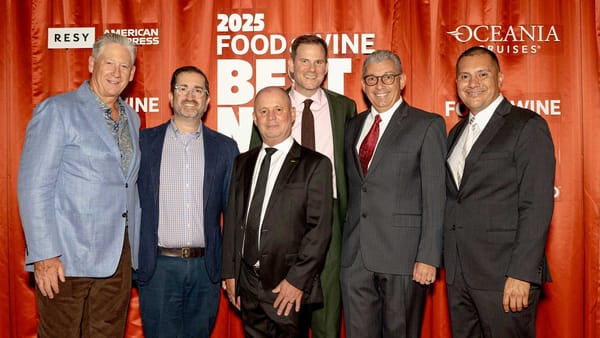Celestyal Crystal Heads to Alang for Recycling After Four Decades Afloat
The dismantling of the Celestyal Crystal at Alang signals the cruise industry’s increasing shift toward retiring aging ships, reflecting both sustainability efforts and changing regulatory standards.

The Celestyal Crystal, a vessel with over four decades of maritime service, has been retired and prepared for dismantling at the Alang Shipbreaking Yard in India. Renamed "Sun Bright" for its final voyage, the 25,600-ton ship was taken out of service by Celestyal Cruises in late 2023, shortly after being replaced by the larger Celestyal Journey. This move highlights the growing trend of cruise lines retiring older vessels in response to changing market demands and sustainability concerns.
Celestyal Crystal: From Ferry to Cruise Ship
Originally entering service in 1980 as the MS Viking Saga, the ship began its life ferrying passengers across the Baltic Sea. By the late 1980s, it underwent a major transformation into a cruise ship. Over its lifetime, it sailed under various names and operators, including Sally Albatross, Leeward, and SuperStar Taurus, before joining the Celestyal Cruises fleet in 2011.
Aging infrastructure and rising maintenance costs eventually prompted its retirement. After spending nearly two years laid up in Greece and Cyprus, the ship was sold in early 2025, renamed, and departed on its final trip in April 2025 before arriving at Alang for dismantling.
Ship Recycling Gains Momentum
The Celestyal Crystal’s fate reflects a broader shift within the cruise industry toward more frequent retirement of older ships. The pandemic accelerated this practice, with 38 cruise ships (totaling 1.5 million gross tons) scrapped between 2020 and 2023. Heightened operating costs and tighter environmental regulations have also hastened the decommissioning of older, less eco-friendly vessels.
At the Alang Shipbreaking Yard, one of the world's largest ship recycling centers, the Celestyal Crystal’s steel, furnishings, and extensive onboard systems will be repurposed or recycled. Such processes align with a global effort to minimize waste and reduce the environmental impact of maritime operations.
Other Retirements Reflect Broader Industry Challenges
Two other vintage cruise ships recently underwent a similar process. The Ocean Atlantic, built in 1986 for expedition voyages in polar regions, has been retired and sent to Aliaga, Turkey, for dismantling. Meanwhile, the former Celestyal Olympia reached Alang earlier this year. Like the Celestyal Crystal, both the Ocean Atlantic and Celestyal Olympia were originally built as ferries before conversion to cruise service. These moves underscore the cruise sector’s ongoing transition to newer ships with upgraded technology and better efficiency.
The Expanding Role of Sustainability
Sustainability has taken center stage as cruise lines increasingly integrate eco-friendly practices into fleet management. Shore power capabilities and cleaner fuels form part of current strategies to operate active vessels responsibly, while older ships are carefully dismantled at regulated yards. Facilities such as Alang and Aliaga strive to meet international standards set by conventions like the Hong Kong Convention, emphasizing safe and environmentally sound recycling.
The Celestyal Crystal’s dismantling caps a long, varied career and illustrates the industry’s progressive adoption of sustainable fleet renewal tactics.
Frequently Asked Questions (FAQs)
Why was the Celestyal Crystal retired?
According to Celestyal Cruises, rising maintenance costs and its aging structure made the ship less efficient compared to newer vessels. The company opted to replace it with the larger Celestyal Journey.
What will happen to the Celestyal Crystal during dismantling?
The vessel will be carefully taken apart at the Alang Shipbreaking Yard. Its steel, furnishings, and equipment will be repurposed or recycled, following standard safety and environmental protocols.
How common is ship recycling in the cruise industry?
It has grown increasingly common, especially following the COVID-19 pandemic. Between 2020 and 2023, 38 cruise ships were retired and scrapped, reflecting ongoing fleet modernization in the face of tighter regulations.
What factors lead to a cruise ship being recycled?
Age, rising repair and maintenance expenses, and the need to comply with updated regulatory and environmental requirements typically guide decisions to retire and recycle older ships.
Where are most cruise ships recycled?
Major shipbreaking facilities such as Alang in India and Aliaga in Turkey handle the majority of cruise ship dismantling. These sites aim to meet global recycling standards and ensure responsible disposal of materials.




